

Spinach is a leaf vegetable that is easy to grow, ideal for planting in spring and fall.
Key Spinach facts:
Name – Spinocia oleracea
Family – Amaranthaceae
Type – vegetable, annual
Height – 6 to 10 inches (20 to 30 cm)
Exposure – part sun, shade in warm climates
Soil: rich enough – Harvest: all year round
Caring for it is easy and the harvest is often abundant if is cared for a little bit.
Ideal sowing dates for spinach are at the beginning of spring and at the end of summer.
Spinach abhors heat and would not cope well with summer heat.
Summer harvest: direct sowing of spinach from March to May.
Fall and winter harvest: Sow your spinach from August to September.
Be careful, spinach doesn’t cope well with strong heat.
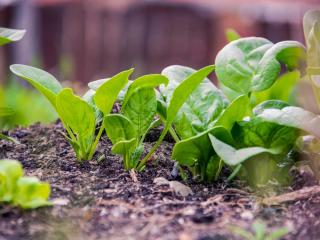
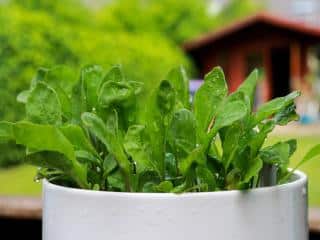
Sowing in pots is the same as direct sowing in the ground, except that special care must be given to ensure that the soil remains moist.
This means it is important to water regularly. If not, it’ll go to seed much too early.
Spinach care entails a few basic tasks, especially in summer when it’s hotter.
Spinach hates dry spells and high temperatures.
It is important to mulch the ground in summer to retain soil moisture and also to protect them from the first frost spells.
If your spinach comes to fall victim to mosaic, which means, leaves turn different colors, pull out diseased plants and destroy them.
Spinach hates it when there are too many snails and slugs in the garden. Mildew, a type of mold, will cause yellow streaks on leaves. Young sprouts are often vulnerable to damping off.
Note the aforementioned cucumber mosaic virus which weakens plants, too.
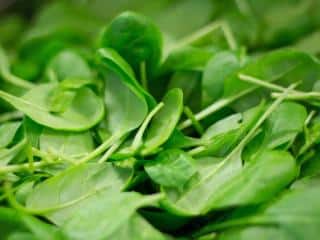
If you collect a few leaves on a regular basis, you will stimulate new growth. If you pull out the whole plant, it won’t grow back.
Spinach can be eaten both cooked and raw, and having grown them yourself gives them an extra special taste…
To keep spinach leaves, it is best to freeze them. First though, wash them and chop them up into large pieces.
Another option is to blanch them in boiling water for 1 minute, dunking them immediately in cold water right after time is up. This technique will keep the spinach green. After blanching, you can freeze them.
Lastly, fresh leaves will keep well for a few days in the vegetable compartment in the refrigerator.
Most varieties of spinach are clumping, but a few are vining and will need a trellis.
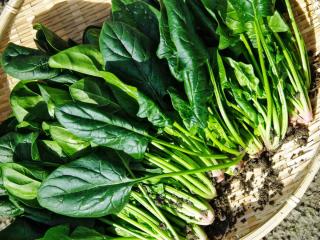 ‘Monstrueux de Viroflay’ spinach
‘Monstrueux de Viroflay’ spinachNative to Iran, spinach has long been appreciated for its taste and its excellent nutritional value.
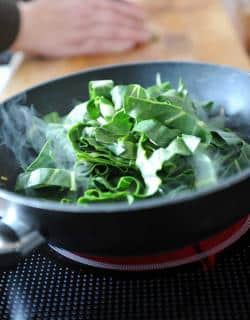
Although there is a certain amount of iron in spinach, Popeye is responsible for most of the hype. In reality, iron levels aren’t much higher than those of other nutritious plants.
Spinach does have high nitrate levels, which are converted into nitrites through the chewing process in the mouth, and ultimately into vitamin B9.
Raw spinach contains lots of vitamin C. Note a high amount of vitamin E, pro-vitamin A, calcium, magnesium and fiber.
Whatever the details, eating spinach is excellent for health, both cooked and raw.
Spinach needs rich and moist soil: smart gardeners mulch with flax or cocoa hulls to reduce evaporation, enrich the soil, and avoid weeds.
Spinach is excellent green manure and is perfect when included in crop rotation plans to enrich poor soil.
–>